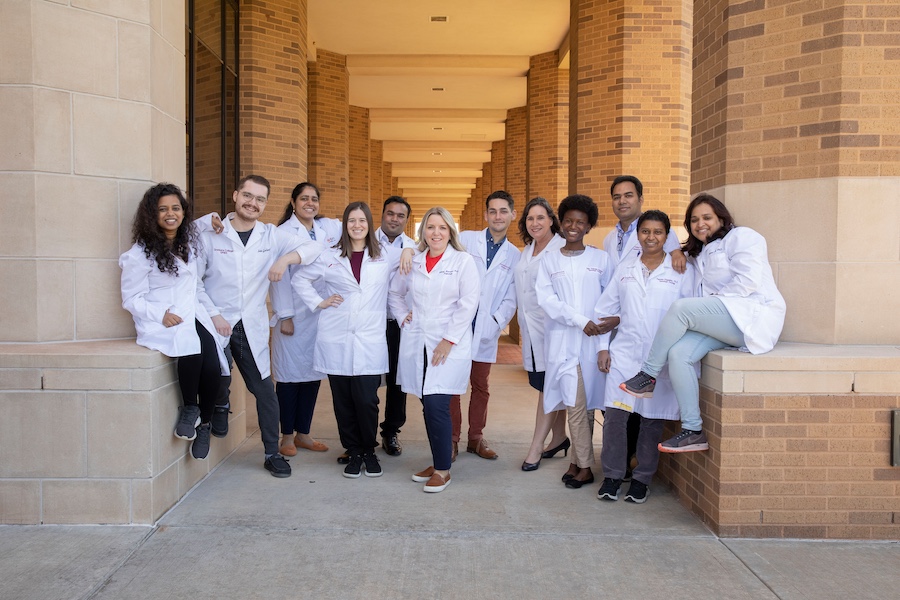Most older patients with ovarian cancer may receive care that doesn’t measure up to national standards, according to an analysis of a National Cancer Institute (NCI) database and Medicare claims data.
Ten years of retrospective data from more than 8,000 women found fewer than 40% of advanced ovarian cancer patients older than age 65 underwent cancer-related surgery and completed the recommended six cycles of chemotherapy, reported Melissa Thrall, MD, of the University of Washington Medical Center in Seattle, and colleagues.
Almost 20% of the patients received no treatment at all, and the vast majority of patients treated with primary chemotherapy had no surgery, Thrall said here at the Society of Gynecologic Oncologists meeting.
Closer scrutiny of the data suggested that very advanced age and fragile health status might have influenced decisions that diverged from recommended treatment. However, the data also showed a concerning trend toward suboptimal care among non-whites, unmarried women, and poorer patients.
“Demographic factors are associated with the receipt of suboptimal care and may represent areas where quality improvement efforts can be focused,” commented Thrall.
Noting that many women with advanced ovarian cancer do not complete the recommended six cycles of chemotherapy, Thrall suggested a need to identify less toxic and more tolerable regimens so that patients are able to complete therapy.
Both the NCI and the National Comprehensive Cancer Network recommend complete surgical debulking whenever possible, followed by systemic chemotherapy for advanced ovarian cancer. However, few studies have examined adherence to the recommendations in clinical practice — particularly in women older than 65, who account for half of the patients.
The NCI Surveillance Epidemiology and End Results (SEER) database provided an opportunity to evaluate the ovarian cancer care in older patients by means of linkage with Medicare claims data to confirm that the women had received surgery and/or chemotherapy.
Thrall and colleagues queried the SEER database to identify women older than 65 who had newly-diagnosed stage III-IV ovarian cancer from 1995 to 2005.
Of those patients, 8,211 had complete data required for the study. All of the patients had a definitive diagnosis confirmed by pathology and had uninterrupted participation in Medicare A and B in the year prior to diagnosis and nine months after afterward.
The analysis showed that 59% of the older advanced ovarian cancer patients received primary surgery, 24% were treated with primary chemotherapy, and no evidence of any treatment could be found in Medicare claims data for 17%.
In fact, during the study period, the proportion of patients undergoing surgical debulking declined by more than 20%, from 67.5% in 1995 to 52.8% in 2005.
Patients who received primary chemotherapy tended to be older (70+), had at least one comorbid condition, and had stage IV disease or “advanced, not otherwise specified” (NOS).
Of the 4,827 patients who had primary surgery, 76% had some adjuvant chemotherapy, but only 55% of them completed the recommended six courses. Among 2,017 women treated with primary chemotherapy, 24% completed six cycles, and 32% had some cancer-directed surgery.
“Of all the women, only 39% had both surgery and at least six cycles of chemotherapy,” reported Thrall.
Patients who received optimal care tended to be richer, better educated, and were more likely to live in the South or West. On the flip side, women who were older, black, sicker, and those who lived in the Midwest were less likely to have both surgery and six cycles of chemotherapy. The researchers suggested that marriage may have had a neutral effect.
Given the general consensus surrounding optimal care for ovarian cancer, the results are surprising, said invited discussant Michael Carney, MD, of the University of Hawaii in Honolulu. “It is truly disappointing, shocking, and sad to hear that nearly one out of three of these patients in this study received the standard of care,” he said.
The analysis yielded four findings “that don’t make sense,” said Carney.
- Lower rates of primary surgery and higher rates of primary chemotherapy among African Americans
- Unmarried status as a significant factor
- Influence of geographic location
- The decline in initial surgical debulking
The findings are especially disappointing in light of the growing emphasis on quality of care as an outcome measure. “Similar to all ages, the Medicare population should receive the best we have to offer,” asserted Carney.
Thrall M et al. “From guidelines to the front line: Only a minority of Medicare population with advanced epithelial ovarian cancer receive optimal therapy” SGO 2011; Abstract 2.


